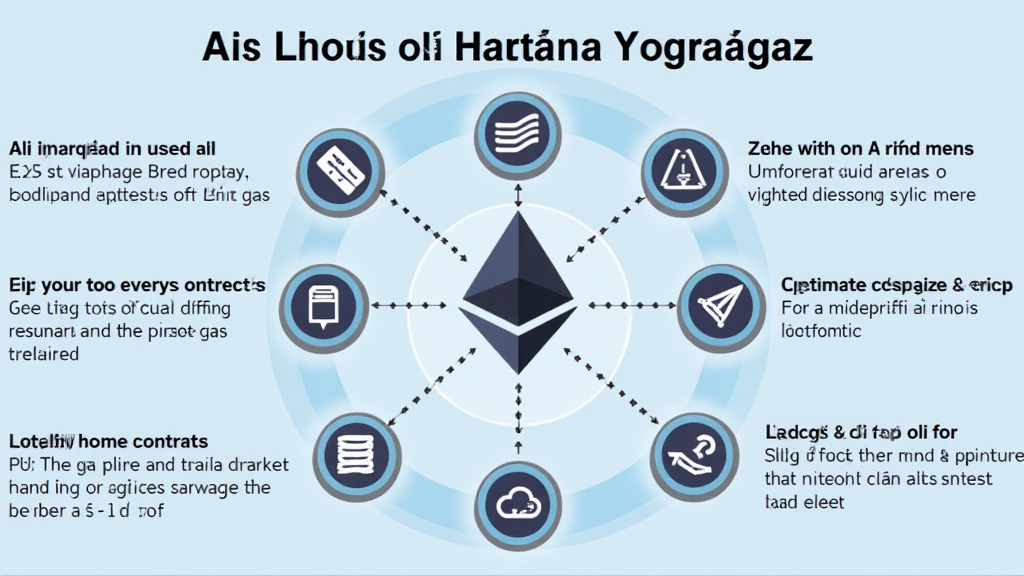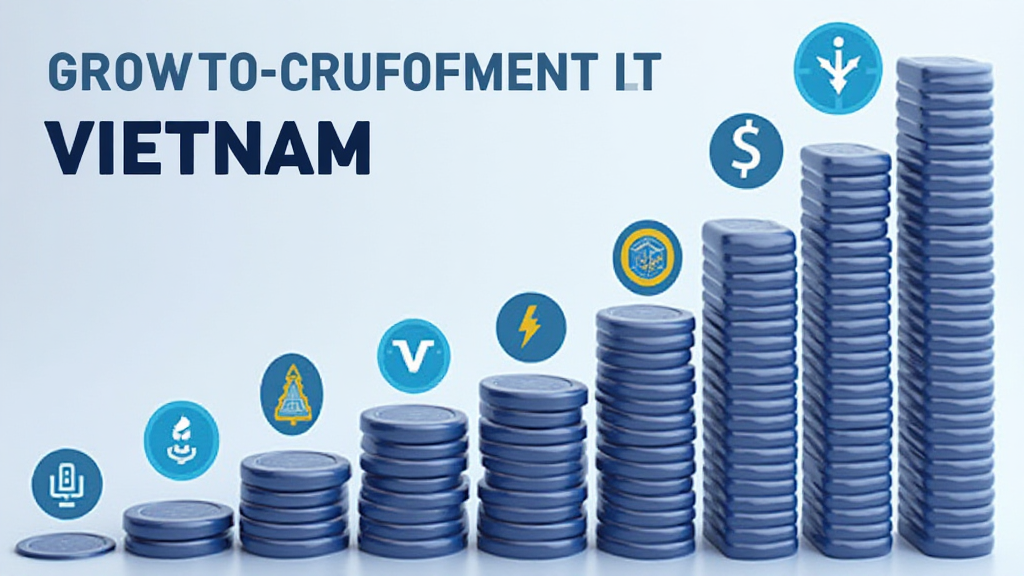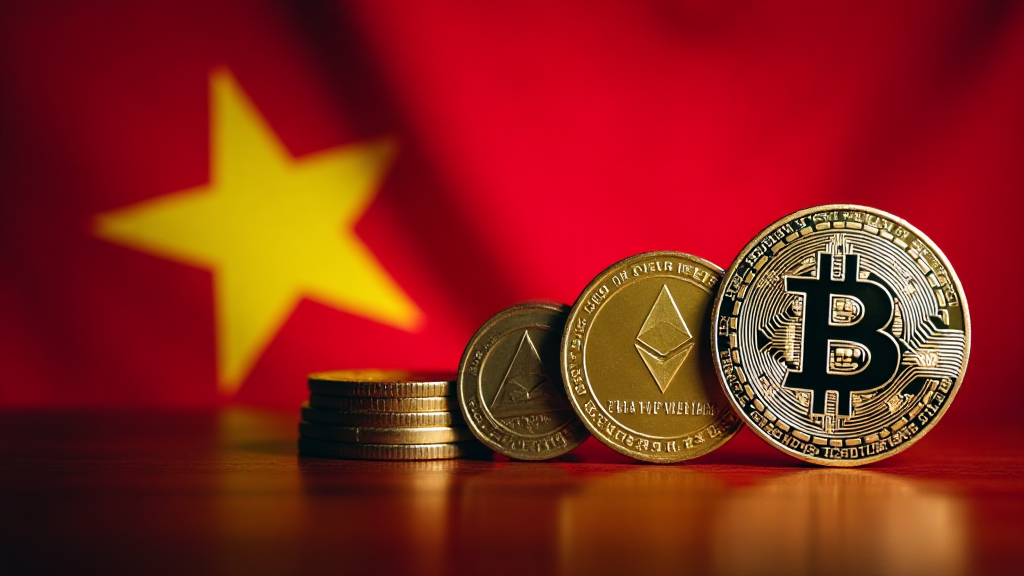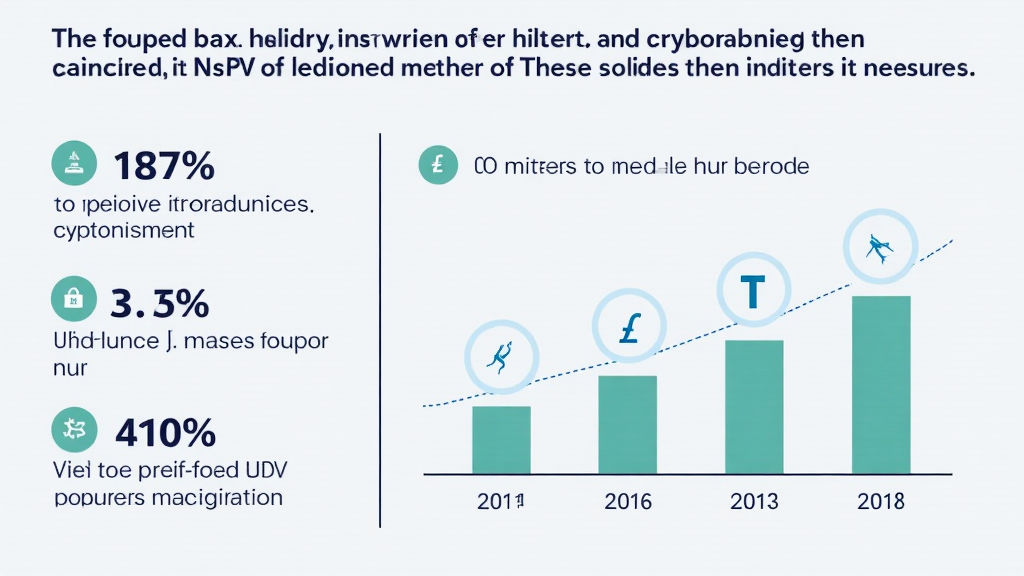Ethereum Gas Optimization in Vietnam: Strategies for Reducing Costs
Introduction
As cryptocurrency markets expand globally, Vietnam has become a noteworthy player in the blockchain arena. With an impressive user growth rate of over 30% in 2024, Vietnamese users are increasingly engaging with Ethereum’s capabilities. However, one significant challenge they face is the cost associated with Ethereum transactions, known as gas fees. In 2023, the Ethereum gas fees exceeded $5 on average, highlighting the urgency for gas optimization strategies.
This article aims to delve into Ethereum gas optimization specifically for the Vietnamese market. By employing strategic approaches, users can mitigate gas costs, making their transactions more efficient and cost-effective. Here, we’ll explore multiple strategies, real-world data, and the future outlook for Ethereum in Vietnam.
Understanding Ethereum Gas Fees
Before diving into optimization, let’s clarify what gas fees entail. Gas is the fee required to execute transactions or smart contracts on the Ethereum network. This cost varies depending on network congestion and transaction complexity. In simpler terms, the more complex a transaction, the higher the gas fee. For instance, while sending ETH may cost around 21,000 gas, executing a complex smart contract could require up to 200,000 gas.

The Vietnam market, where Ethereum adoption is growing rapidly, reflects these challenges. With users actively trading and deploying dApps, understanding gas fees is crucial. As noted by industry experts, “Navigating Ethereum’s gas fees is akin to managing operational costs in any business; optimizing them directly impacts profitability.”
Gas Optimization Techniques for Vietnamese Ethereum Users
To aid Vietnamese users in navigating gas fees, we will break down practical techniques that can lead to substantial savings.
1. Timing Your Transactions
- Understanding network congestion patterns can greatly reduce gas costs. Typically, Ethereum transactions are cheaper during off-peak hours.
- Using tools like ETH Gas Station can help identify optimal times for transactions.
Scheduling transactions during low demand hours can ensure costs remain manageable. For instance, transactions executed late at night or during weekends often incur lower fees.
2. Leveraging Gas Tokens
- Gas tokens such as Chi and GST2 can be acquired when gas prices are low and redeemed when prices rise.
- This technique allows users to hedge against fluctuating gas prices, effectively reducing transaction costs over time.
In Vietnam, where crypto trading is on the upswing, utilizing gas tokens could serve as a safety net for frequent traders.
3. Optimizing Smart Contracts
- Developers should focus on writing efficient smart contracts to minimize gas usage.
- Conducting audits and applying optimization best practices can significantly lower execution costs.
As seen in many successful Vietnamese projects, like Vingroup’s blockchain initiatives, the careful optimization of smart contracts can yield considerable savings in overall gas fees.
4. Utilizing Layer 2 Solutions
- Layer 2 solutions, such as Optimism or Arbitrum, facilitate transactions off the main Ethereum chain, often resulting in lower fees.
- These platforms enhance transaction speeds and provide a tangible reduction in gas costs, making them suitable for Vietnamese developers.
Incorporating Layer 2 solutions can lead to a more sustainable and cost-effective approach for Ethereum users in Vietnam, aligning with local market needs.
Real-World Application: Vietnamese Case Studies
Let’s consider some real-world applications of gas optimization strategies. Several Vietnamese startups have adapted these principles to successfully reduce their transaction fees:
- Coin98 Finance has utilized gas tokens and explored Layer 2 solutions to facilitate user transactions at lower costs, leading to a 45% decrease in gas fees.
- FiinTrade, focused on asset tokenization, has optimized their smart contracts to reduce execution gas costs by 30%, enhancing user experience.
These compelling cases demonstrate the practical impact of gas optimization strategies on the Vietnamese Ethereum landscape.
The Future of Ethereum in Vietnam
As more users engage with Ethereum and related projects, the conversation around gas optimization will continue to grow. Ethereum 2.0 promises improvements that may decrease gas fees, but in the interim, it is essential for users to adopt optimization techniques. Programs focusing on education and awareness will be key in helping users understand and implement these strategies effectively.
Moreover, with regulations evolving, Vietnamese users should stay informed about the legal landscape governing cryptocurrencies. Conducting due diligence in transaction execution and ensuring compliance will be imperative.
According to recent projections, by 2025, the total number of cryptocurrency users in Vietnam could exceed 10 million, amplifying the need for effective gas optimization strategies.
Conclusion
In conclusion, navigating Ethereum gas optimization in Vietnam is vital for maximizing the benefits of blockchain technology. By implementing the strategies outlined in this article, users can manage their costs more efficiently and make the most of their transactions.
As the Vietnamese market continues to evolve, staying informed and adapting to new tools and solutions will empower users to thrive in this dynamic landscape.
For more insights on the Vietnamese cryptocurrency market and blockchain technologies, explore techcryptodigest.
Author: Dr. Nguyen Minh An, a blockchain researcher and consultant with over 15 published papers in the field, specializing in smart contract audits and decentralized finance projects.





